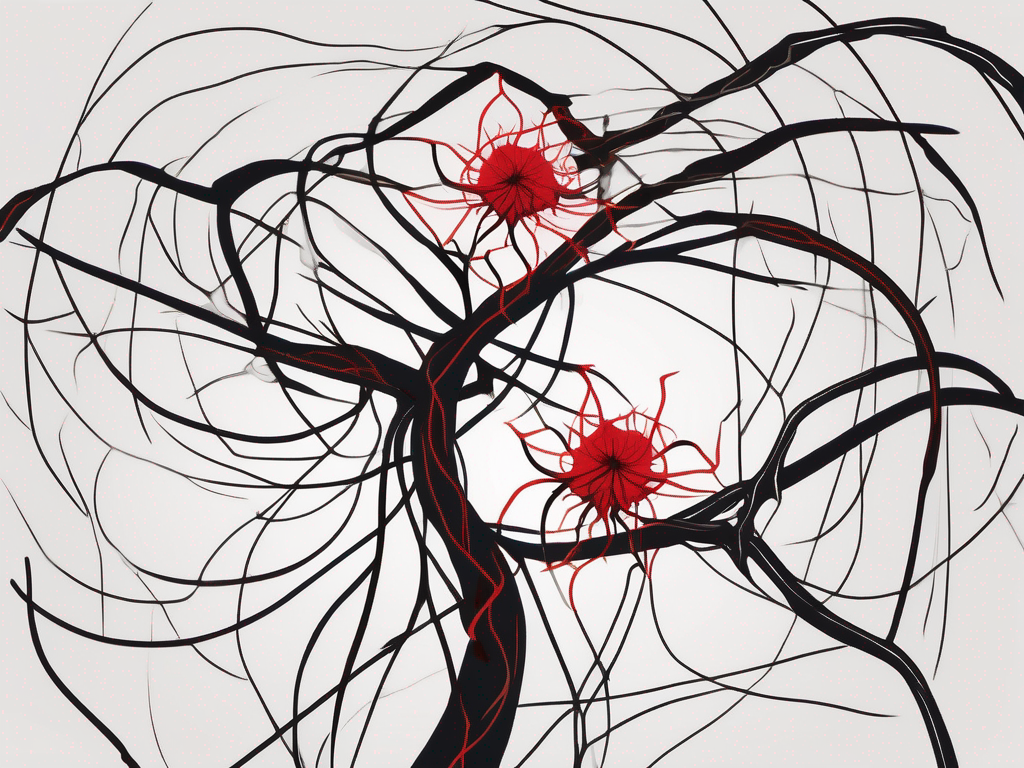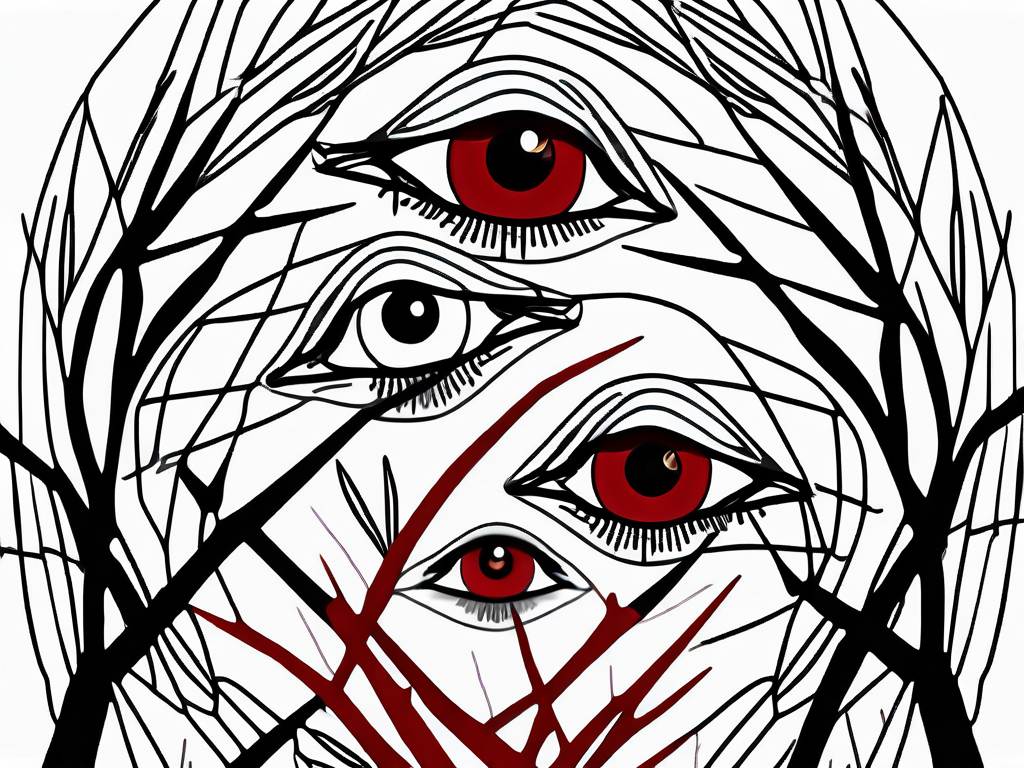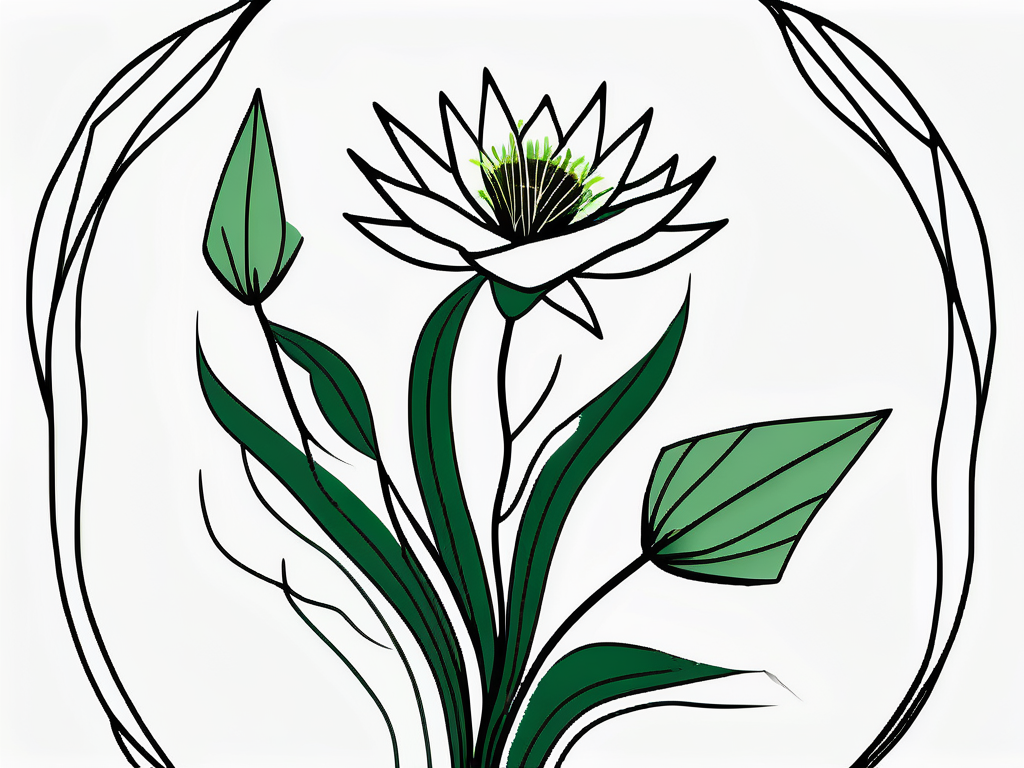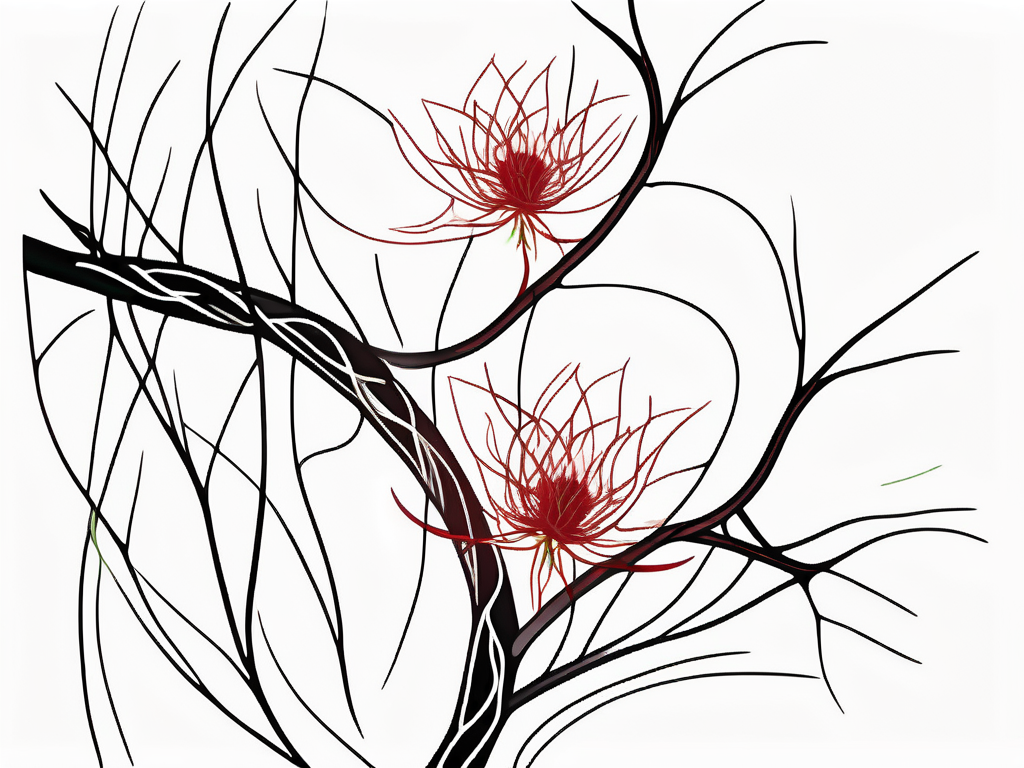
In today’s society, the concept of a toxic relationship has gained significant attention. Many of us have encountered relationships that drain our energy and happiness, often leaving emotional scars. Understanding what constitutes a toxic relationship is crucial for recognizing when we might be in one, as well as for fostering healthier connections in the future. This article will delve into the signs, effects, and ways to navigate and heal from toxic relationships.
Defining a Toxic Relationship
A toxic relationship is characterized by patterns of abuse, manipulation, or control. It undermines your self-worth and happiness. These relationships can exist between romantic partners, friends, family members, or even colleagues. Often, individuals in toxic relationships feel trapped, unsure of how to escape the negative dynamics.
The Core Characteristics of Toxic Relationships
Toxic relationships often share common traits that can be identified. These include constant criticism, a lack of support, and excessive control. Individuals involved may experience an imbalance of power. One partner may dominate the other, leading to feelings of helplessness.
Another hallmark of these relationships is communication that exacerbates feelings of inadequacy. For instance, dismissive language or belittling comments can shatter self-esteem over time. Understanding these core characteristics is essential to recognize a toxic relationship.
Emotional and Psychological Aspects
The emotional toll of a toxic relationship is profound. Individuals may experience anxiety, depression, and a pervasive sense of worthlessness. The psychological aspects often manifest in feelings of constant unease. One can feel like they are walking on eggshells, fearing the reactions of their partner.
Moreover, toxic relationships can lead to isolation. Friends and family may be cut off from the individual, further entrenching them in the toxic environment. It’s a vicious cycle that becomes difficult to break. The isolation can be both emotional and social, as the toxic partner may discourage or outright forbid interactions with others, creating a sense of dependency. This manipulation can make it challenging for the individual to seek help or even recognize the toxicity of their situation, as they may have been conditioned to believe that their partner’s behavior is normal or justified.
In addition to isolation, individuals in toxic relationships often grapple with a distorted sense of reality. Gaslighting, a common tactic used by toxic partners, can lead victims to question their own perceptions and memories. This psychological manipulation can create confusion and self-doubt, making it even harder for individuals to assert their needs or feelings. Over time, the cumulative effect of these emotional and psychological strains can significantly impact one’s mental health, leading to chronic stress and even physical health issues, as the body responds to prolonged emotional turmoil.
Recognizing the Signs of a Toxic Relationship
Identifying the signs of a toxic relationship is the first step toward change. Often, these signs are apparent, but they can also be subtle. Being aware of both can help individuals navigate their relationships better. Toxic relationships can manifest in various forms, affecting not only romantic partnerships but also friendships and familial connections. Understanding the nuances of these relationships is essential for personal growth and emotional well-being.

Common Red Flags
- Frequent arguments over trivial matters.
- One partner making all the decisions.
- Feeling drained after interacting with the other person.
- Manipulative behavior, such as guilt-tripping or gaslighting.
These common red flags serve as warning signals. They indicate that something in the relationship dynamic is off. Frequent arguments can create a hostile atmosphere, leading to increased stress and anxiety. Moreover, when one partner consistently makes all the decisions, it can result in an imbalance of power, leaving the other feeling voiceless and unvalued. Being aware of these indicators can empower individuals to determine their next steps, whether that means seeking help, establishing boundaries, or considering a separation.
Subtle Indicators of Toxicity
In addition to the glaring warning signs, there are more subtle indicators that should not be overlooked. These may include:
- Ignoring your needs or feelings.
- Using silence as punishment.
- Feigning concern while actually undermining you.
These subtle signs often fly under the radar but can have significant long-term effects. For instance, when a partner consistently ignores your needs, it can erode your self-esteem and sense of self-worth over time. The use of silence as a form of punishment, often referred to as the “silent treatment,” can create an environment of emotional turmoil, leaving the other person feeling isolated and confused. If you find yourself questioning your reality or feeling disoriented, it’s crucial to evaluate the health of your relationship. Recognizing these patterns early can be instrumental in breaking the cycle of toxicity and fostering healthier interactions.
The Impact of Toxic Relationships on Mental Health
The effects of toxic relationships extend beyond emotional discomfort. They can take a clear toll on mental health. Individuals often find themselves battling chronic stress, anxiety, and depression, which can be debilitating. The constant strain of navigating a toxic dynamic can lead to a sense of helplessness, making it difficult for individuals to envision a way out. This feeling of entrapment can further exacerbate mental health issues, leading to a vicious cycle where the individual feels increasingly isolated and powerless.
Emotional Consequences
Emotions run high in toxic relationships. Individuals may feel a rollercoaster of emotions: love intermingled with fear, joy shadowed by sadness. The emotional consequences can lead to mood swings and increased irritability. Over time, the cycle of hope and disappointment can create a state of emotional exhaustion. This emotional turmoil often manifests in physical symptoms as well, such as fatigue, headaches, or gastrointestinal issues, which can further complicate one’s overall well-being. Additionally, the constant emotional upheaval can strain relationships with friends and family, as individuals may withdraw or become less communicative, fearing judgment or misunderstanding from their loved ones.
Long-Term Psychological Effects
Long-term exposure to a toxic relationship can lead to lasting psychological scars. Post-traumatic stress disorder (PTSD), low self-esteem, and chronic anxiety can ensue. It’s not simply the immediate pain that lingers; often, past experiences in a toxic relationship shape future interactions. Individuals may struggle with trust issues, finding it challenging to form new relationships or to fully engage in existing ones. This can lead to a pervasive sense of loneliness, as they may feel that no one can understand their struggles or that they are unworthy of healthy connections. Furthermore, the internalized negative beliefs about oneself can create a self-fulfilling prophecy, where the individual inadvertently sabotages potential positive relationships due to fear of repeating past patterns.
Recognizing these effects early can aid in seeking help. Doing so is vital for restoring mental well-being. Therapy, support groups, and self-help resources can provide essential tools for healing. Engaging in self-care practices, such as mindfulness, journaling, or physical activity, can also help individuals reclaim their sense of self and foster resilience. Understanding that recovery is a journey, not a destination, is crucial in navigating the complexities of healing from toxic relationships.
The Physical Effects of Toxic Relationships
It’s not just the emotional and psychological toll; toxic relationships can also manifest physically. The prolonged stress from a toxic relationship can lead to health problems.
Stress and Its Physical Manifestations
Stress is a well-documented effect of toxic relationships. It can lead to headaches, gastrointestinal issues, and a weakened immune system. Constant tension may cause muscles to tighten, resulting in chronic pain.
Many individuals may also experience fatigue. This fatigue doesn’t just stem from lack of sleep; it is often a cumulative effect of emotional distress manifesting physically. Recognizing these signs can serve as a wake-up call to reassess the relationship. Furthermore, stress can trigger the release of cortisol, a hormone that, when elevated over time, can contribute to weight gain, particularly around the abdomen, and can also lead to increased anxiety and depression. This cycle of stress and physical symptoms can create a feedback loop that is difficult to break, further entrenching individuals in their toxic environments.
Sleep Disturbances and Other Health Issues
In toxic relationships, sleep disturbances are often prevalent. Stress and anxiety can derail a person’s sleep cycle, leading to insomnia or frequent awakenings. Over time, inadequate sleep fosters further health complications, including obesity, heart disease, and diabetes.
Physical symptoms can serve as a stark reminder of the damage caused by a toxic relationship. Prioritizing health should become a major focus for those trapped in such dynamics. Additionally, the impact of a toxic relationship can extend beyond immediate physical symptoms; it can also lead to long-term health issues such as chronic inflammation, which has been linked to various diseases, including autoimmune disorders. Individuals may find themselves caught in a cycle of seeking medical help for these physical ailments, often without realizing the root cause lies in their relational environment. Understanding this connection can empower individuals to take proactive steps toward healing, both physically and emotionally.
Navigating Out of a Toxic Relationship
Deciding to leave a toxic relationship can be daunting. Yet, recognizing the need for change is essential for personal growth and well-being.

Steps Towards Detachment
Start by acknowledging the situation. Accept that the relationship is detrimental to your wellbeing. Documentation can be helpful. Keeping a journal of your feelings provides clarity on patterns that are harmful.
Next, set boundaries to disengage from interaction. This could mean gradually distancing yourself or cutting off contact entirely, depending on the relationship type. Remember, your mental health must take precedence.
In addition to setting boundaries, consider surrounding yourself with supportive individuals who understand your situation. Friends and family can offer a listening ear and provide encouragement as you navigate your way out. Their perspectives can help reinforce your decision and remind you of your worth, especially during moments of doubt.
Seeking Professional Help
Professional help can be invaluable during this period. Counselors or therapists can provide support and strategies to navigate the emotional fallout. They can help you process your feelings and develop coping mechanisms.
Therapeutic guidance also serves as a platform for self-discovery. Emotional healing requires time, and having a professional to support you can make a significant difference. Engaging in therapy can also unveil underlying issues that may have contributed to your attraction to toxic dynamics, allowing for deeper understanding and growth.
Moreover, group therapy or support groups can offer a sense of community and shared experience. Hearing others’ stories can help normalize your feelings and remind you that you are not alone in this journey. These environments foster empathy and connection, which can be incredibly healing as you work towards reclaiming your sense of self and building healthier relationships in the future.
Healing After a Toxic Relationship
After extricating yourself from a toxic relationship, the journey does not end. Healing is a process that may take time and effort, but it’s essential for moving forward.

Self-Care Strategies
Self-care becomes paramount post-relationship. Activities that promote relaxation and joy, such as yoga or meditation, can significantly enhance mental clarity and emotional health. Engaging in hobbies or interests can also foster a sense of identity, helping you rebuild self-esteem.
Additionally, surrounding yourself with supportive friends and family members is crucial. Positive relationships can offer love and encouragement, serving as a stark contrast to past toxicity. Consider joining support groups or community activities where you can meet new people who share similar experiences. This not only helps in building a new social network but also provides a safe space to express feelings and share stories, which can be incredibly therapeutic.
Building Healthier Relationships in the Future
Finally, focus on building healthier relationships. Take the lessons learned from the toxic relationship to set healthier boundaries in future interactions. Communication and mutual respect should be the cornerstone of any new relationship.
Engaging in self-reflection helps to understand what you desire and deserve in a relationship. Prioritize emotional health and ensure that any future relationship nurtures growth rather than drains it. Journaling can be a helpful tool during this phase; writing down your thoughts and feelings can clarify your needs and desires. It can also serve as a reminder of your journey, helping you to recognize patterns and avoid repeating past mistakes. Embrace the opportunity to learn about yourself, and don’t shy away from seeking professional help if needed, as therapy can provide invaluable insights and coping strategies.
As you navigate this transformative period, remember that healing is not linear. There may be setbacks and moments of doubt, but each step you take is a testament to your resilience and commitment to a healthier future. Embrace the journey with patience and compassion for yourself, and allow the process to unfold naturally.
Discover the Truth with Cheaterbuster
If you’re moving on from a toxic relationship and seeking to build trust in new connections, Cheaterbuster can help provide the clarity you need. Formerly known as Swipebuster, Cheaterbuster is your go-to solution for uncovering hidden Tinder profiles. With our new facial recognition feature, even fake names won’t prevent you from discovering the truth. For just $17.99, you can get near-instant results with up to 99% accuracy. Don’t let uncertainty cloud your path to healthier relationships. Find anyone on Tinder today and take control of your love life with Cheaterbuster.






